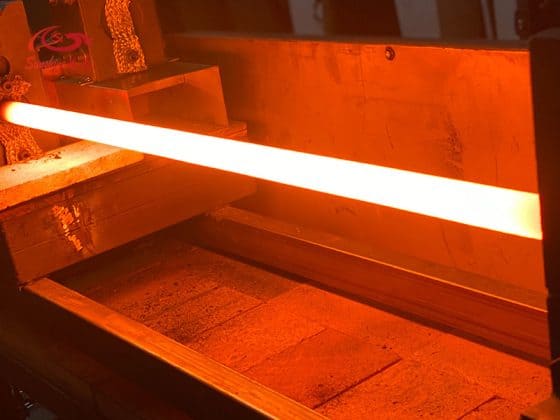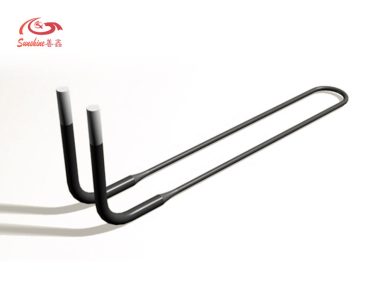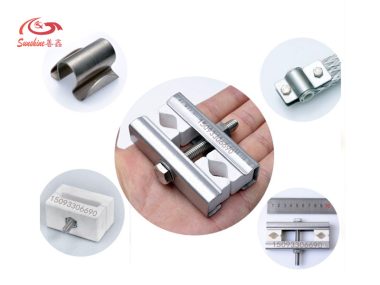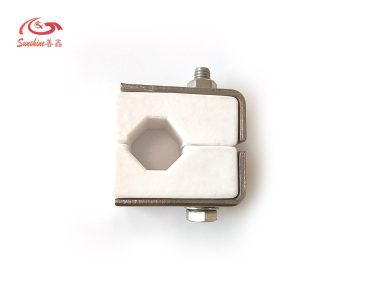Heating elements are an important part of many industrial and household appliances, providing the necessary heat for cooking, heating and drying, etc.

The two most commonly used heating elements are silicon carbide heating elements and MoSi2 heating elements. However, with long-term use, the heating element may be worn and damaged, the heating performance will be reduced, the energy consumption will increase, and it may cause damage to the electrical appliance and the body.
Below we discuss the symptoms of a bad heating element in an electric stove and how to determine if it needs to be replaced.
Symptoms of a Bad Heating Element
There are several signs that may indicate a failing heating element in an electric furnaces, including:
- No Heat: If the heating element is not producing heat, it is either damaged or has failed completely.
- Heat output is reduced. If the heating element is producing less heat than it used to, it is either damaged or has reduced lifespan.
- Discoloration or burning. If the heating element is discolored or shows signs of burning, this is a sign of damage or overheating.
- Physical damage. If the heating element has cracks, breaks, etc., you should replace the heating element to avoid accidents during use.
Diagnosing a Bad Heating Element
For diagnosing damaged heating elements in electric furnaces, the easiest way is to use a multimeter. Please follow the steps below for detection.
- The first step is to turn off the power to the device.
- In the second step, set the multimeter to the resistance measurement position, and place the test leads of the multimeter on both ends of the heating element.
- Step three, check the resistance reading. If the resistance value is within the range specified by the manufacturer, the heating element is good. If the resistance reading is outside the specified range, this indicates that the heating element is damaged and needs to be replaced.
- Fourth step, if the unit has more than one heating element, repeat the process for the other heating elements.
In conclusion, a bad heating element can cause many problems and reduce the heating efficiency of the appliance. To determine if a heating element is bad, it is important to look for symptoms such as no heating, reduced heat output, discoloration or burnt, or physical damage.
Using a multimeter can also help diagnose a bad heating element by measuring its resistance. If the heating element is found to be broken, it should be replaced in time to ensure the safety and effectiveness of the appliance.





